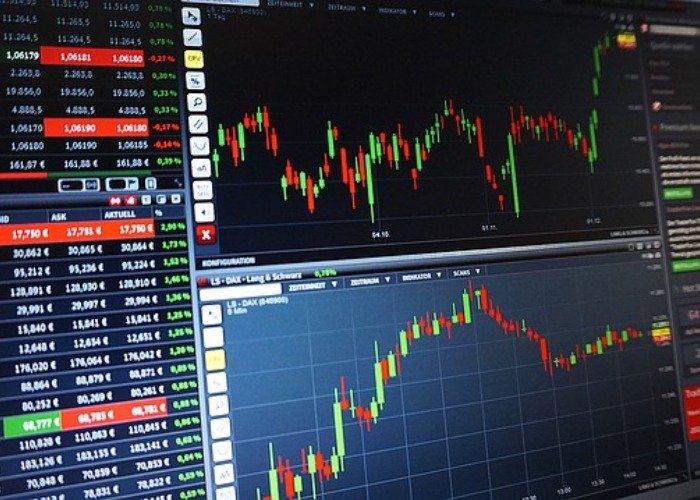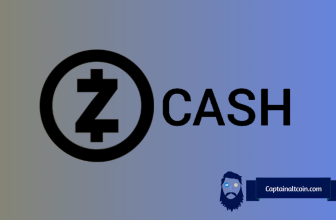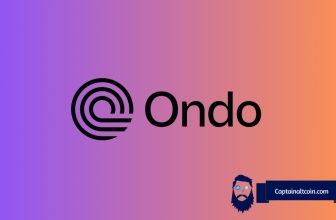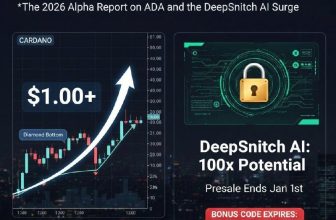
Trading forex and trading cryptocurrency isn’t en either/or option. Many traders like to do both simultaneously or switch back and forth as market conditions make one or the other more conducive to the kind of trading they enjoy. At the same time, there are those who would argue that the differences between cryptocurrencies and those traded on the foreign exchange markets are so great that you might as well compare trading in gold and buying and selling stocks and shares in tech companies.
The simple truth of the matter, however, is that forex and crypto trading are frequently conflated in the minds of traders, particularly those who don’t have as much experience of the markets. Success in one may lead a trader to dabble in the other, and any misunderstanding of the differences (as well as the similarities) between the two could lead to a disastrous trading strategy. The fact that both markets offer options such as leverage, CFDs, short term trading opportunities, longer term investment plans and arbitrage means that there is a good deal of overlap between the two, but they each offer opportunities and challenges which are completely unique.
What you'll learn 👉
Forex and Crypto
The most obvious difference between the two is that foreign currencies have been exchanged since as long ago as the 19th century, when the broad adoption of the gold standard set a yardstick against which the strength and weakness of a currency could be measured. In the early days of forex trades of this kind involved physical currency, but since the late 20th and early 21st century the forex market place has been fully digital in nature, something which played a huge part in opening it up to a global army of retail investors.
The biggest leap forward in the exchange of currencies following the creation of the digital market place came in 2009, with the launch of bitcoin, the first of the cryptocurrencies. A cryptocurrency is a form of digital money. It facilitates extremely fast, seamless transactions between parties, with no third party being involved. Because of this, the control stays completely in the hands of the person using the cryptocurrency, and they maintain complete privacy. It also means that there is no central bank, provider or government able to assert (or try to assert) control over the value of the cryptocurrency, something which makes them prone to more volatility than traditional currencies.
This volatility is one of the clearest differences between trading forex and crypto, since it makes trading crypto more appealing in some ways but riskier in others. A huge single day shift in the value of bitcoin, for example, could earn a trader a massive amount of profit, or it could wipe out everything they have invested. The shifts in traditional currencies, on the other hand, tend to be smaller, which is why higher leverage plays such an important part in forex trading. Many of the differences between the two can be traced back to the huge disparity in the size of the respective market places. Put simply, the forex market is the biggest in the world, handling an average of more than $5 trillion in trades every single day. The cryptocurrency market, on the other hand, is predicted to reach an overall full market value of $1.40 billion by 2024. What the size of the forex market means is that it offers a degree of liquidity, depth and security which is pretty much unmatched anywhere else.
Accessibility
Both markets can be accessed via a wide range of platforms, and any trader is strongly advised to carry out in-depth research into the platform they wish to use before actually investing any of their money. Once the right platform has been chosen, however, access is extremely quick and simple and cryptocurrency is actually slightly more accessible than forex. Forex can be accessed 24 hours a day, 5 days a week, with access limited or non-existent on the weekends. Crypto exchanges, on the other hand, can be accessed on a round the clock basis.
Leverage
Leverage is a means via which the trader can multiply the amount they invest in a currency by, in effect, borrowing capital from the broker. A leverage of 50:1, for example, means that a trader can invest £50 and, on the strength of that investment, take up positions worth £2,500. This greatly increases the size of the profit that can be made, although it has a similar effect on the risk of any losses. Leverage as high as 500:1 can be available for forex trades, whereas the same is not true of the vast majority of cryptocurrency trades.
Following the introduction of new rules by ESMA (the European Securities Markets Authority), the maximum leverage which can be offered on cryptocurrency CFDs, for example, is now 2:1 throughout Europe, with national regulators taking it in turns to follow suit.
Risk
The risk factor inherent in both forms of trading is linked directly to the volatility of the respective markets. The fact that cryptocurrencies aren’t linked to a central provider makes them more volatile than traditional currencies. On one day in 2019, for example, the value of bitcoin slumped by 13.25%, and this was only the second biggest drop of the year. You simply don’t see this kind of dramatic movement in the forex markets.
Having said that, the liquidity of the forex markets makes it easier to quickly get your hands on any profit you may have made, without the issue of having to decide whether to turn a crypto currency into a standard currency, and waiting for that to be facilitated.
Complexity
New digital currencies are constantly being launched to compete with the existing big names like bitcoin and Ethereum. Predicting which will be successful, and therefore worth trading in, is incredibly difficult, and makes any investment a long term and potentially stressful process. Forex markets, on the other hand, are based around stable and established currencies, and the art of predicting how these currencies will shift can be based on a combination of historical precedent and an analysis of the current economic and geo-political situation.
Choosing whether to trade in cryptocurrencies or forex will depend upon the amount of capital you wish to invest, your appetite for risk and the type of strategy you wish to pursue. For many investors, the answer is to split their activity between the two, spreading the risk and doubling the opportunities for success.







